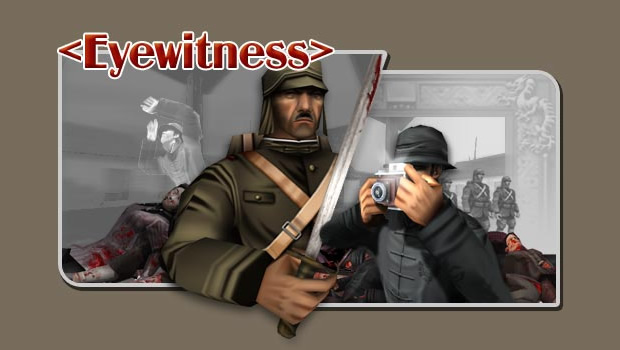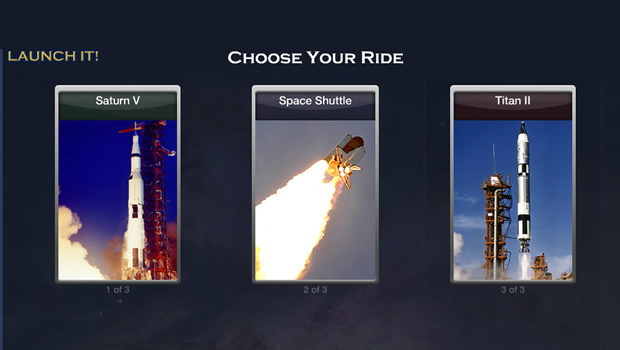Most rookie Instructional Designers have a misconception that Instructional Design is quite academic in nature. I was a part of the vast majority up until a few months ago. Over time, I realized that most Instructional Design theories are rooted in common sense.
However, as Instructional Design beginners, we are so overawed by these theories that we fail to understand the simple principles behind them.
The objective of this blog-post is to demystify one such theory which every beginner Instructional Designer should know – John Keller’s ARCS model of Motivational Design.
What is Motivational Design?
Motivational design refers to the process of arranging resources and procedures to bring about changes in motivation. It can be applied to:
- Improving students’ motivation to learn
- Improving employees’ motivation to work
- The development of specific motivational characteristics in individuals
- Improving peoples’ skills in self-motivation
Motivational design is concerned with how to make instruction appealing without becoming purely entertaining.
What is the ARCS Model?
The ARCS model is a problem solving approach to designing the motivational aspects of learning environments to stimulate and sustain students’ motivation to learn (Keller, 1983, 1984, 1987). ARCS is a useful checklist, which draws upon some well established research. It provides a good summary of the issues to be considered when designing learning material. The ARCS model consists of four steps for promoting and sustaining motivation in the learning process:
- Attention
- Relevance
- Confidence
- Satisfaction
ARCS Categories Applying the ARCS model in Instructional Design1. Attention –
Applying the ARCS model in Instructional Design1. Attention –
Attention can be gained in two ways: (1) Perceptual arousal – uses surprise or uncertainly to gain interest. Uses novel, surprising, incongruous, and uncertain events; or (2) Inquiry arousal – stimulates curiosity by posing challenging questions or problems to be solved.
Methods for grabbing the learners’ attention:
- Adopt strategies such as games or role-play to get learners involved with the material or subject matter
- Use a variety of methods to present material
- Maintain interest by using a small amount of humor ,but not too much to be distracting
- Use visual stimuli or a story
- Pose questions or problems for the learners to solve
Example Showcase – EyeWitness
Eyewitness is an Interactive Situation Simulation Software (ISSS). It aims to educate people about one of the most tragic events in Chinese history — The Nanjing Massacre, when, over the course of 6 weeks, over 300,000 civilians were killed by Japanese troops invading the city.
EyeWitness is designed to immerse the player in a virtual Nanjing, 65 years ago, and to allow the player to take the role of a cameraman assigned to the Japanese Invasion. Unlike most “First Person Shooters”, the genre on which EyeWitness is modeled, the player uses no guns or explosives. Instead, the objective is to take photographs, and to act as a witness to a well-known historical event.
2. Relevance – Establish relevance in order to increase a learner’s motivation. To do this, use concrete language and examples with which the learners are familiar.
Some major strategies described by Keller include:
- Explain purpose of content
- Present goals for learner to select
- Ask learner to select own goals
Example Showcase – Launch It!
‘Launch It!’ is an interactive educational feature created by NASA. It allows learners to choose which Rocket, Mission, Gear and Crew they want to learn about.
3. Confidence –
- Help students understand their likelihood for success. If they feel they cannot meet the objectives or that the cost (time or effort) is too high, their motivation will decrease.
- Help learners estimate the probability of success by presenting performance requirements and evaluation criteria. Ensure the learners are aware of performance requirements and evaluative criteria.
- Allow for small steps of growth during the learning process.
- Provide feedback and support internal attributions for success.
- Learners should feel some degree of control over their learning and assessment. They should believe that their success is a direct result of the amount of effort they have put forth.
Example Showcase – The Crimescene Game
The Crimescene Game teaches interviewing skills in the context of a police investigation. Learners are assigned the task of interviewing a witness to a bank robbery to elicit clues to the identity of the robber. The game provides the learner with choices that affect the course of the game. At any point learners can try to solve the mystery.
Most feedback is provided by events in the game because the events reveal whether the learner’s previous action was appropriate.
After identifying a suspect as the bank robber, learners receive a score based on the efficiency with which they solved the mystery as well as a critique that recaps their actions.
4. Satisfaction –
- Learning must be rewarding or satisfying in some way.
- Make the learner feel as though the skill is useful or beneficial by providing opportunities to use newly acquired knowledge in a real setting.
- Provide feedback and reinforcement. When learners appreciate the results, they will be motivated to learn. Satisfaction is based upon motivation, which can be intrinsic or extrinsic.
- Do not patronize the learner by over-rewarding easy tasks.
Example Showcase – Free Rice
Freerice is the world’s only online game that allows you to raise rice for the hungry, while you learn. For every correct answer you choose, 10 grains of rice are donated to the World Food Programme to help in their fight against hunger worldwide.
Feel free to drop a comment and let me know what you think.



















